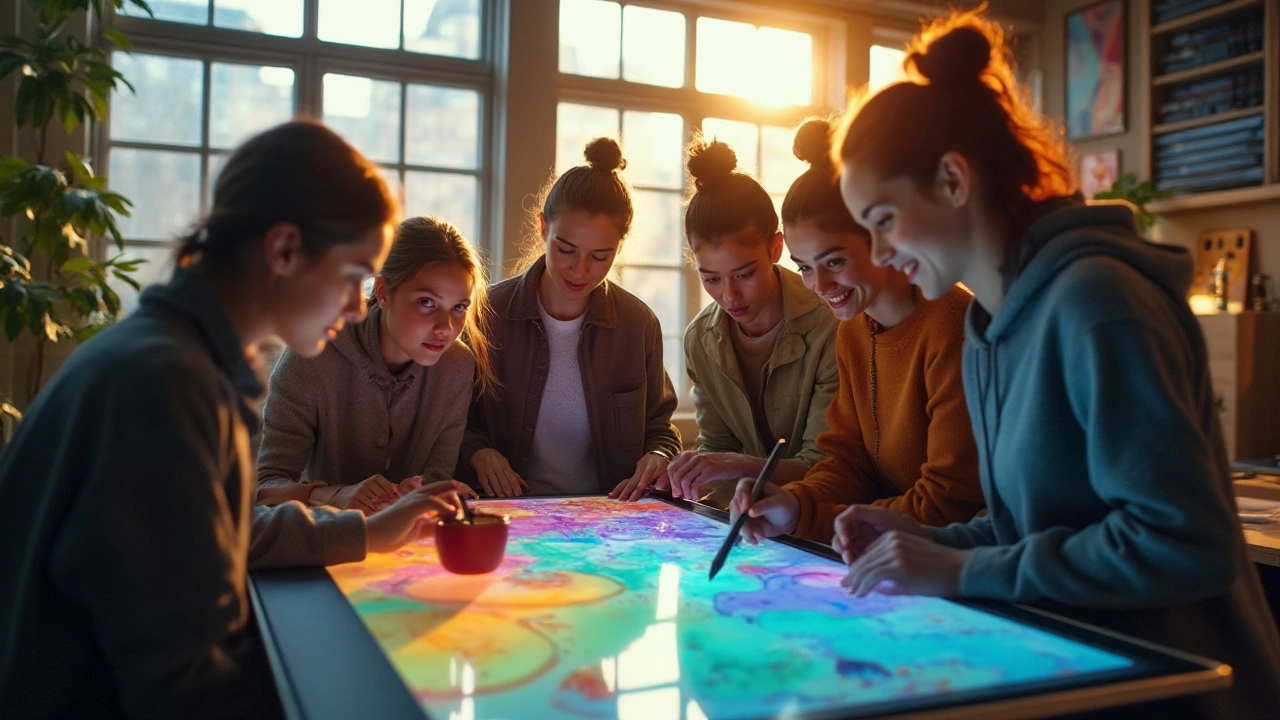Essential Art Tools Every Creator Should Own
Starting a new project feels exciting, but it can stall fast if you don’t have the right gear. Below you’ll find a no‑fluff rundown of the tools that make drawing, painting, and sculpting smoother, cheaper, and more fun. Grab what you need, skip the guesswork, and get straight to creating.
Drawing Tools that Actually Work
For sketching, a basic set of graphite pencils (HB, 2B, 4B) covers light lines to deep shading. Pair them with a good-quality eraser—a kneaded one lets you lift graphite without wrecking the paper. A hard‑round brush pen is perfect for crisp outlines, while a fineliner handles details on the go.
Paper matters too. A medium‑weight sketchbook (around 120 gsm) handles most pencils and ink without bleeding. If you like watercolor, choose a heavier pad (300 gsm) so the paper won’t buckle when you wet it.
Painting Supplies that Won’t Break the Bank
When it comes to paints, decide early if you prefer oil or acrylic. Acrylics dry fast, clean up with water, and are great for beginners. Pick a basic 12‑color set so you can mix most hues without buying a rainbow.
Brushes are the real game‑changer. Synthetic brushes work well for acrylic, while hog‑hair brushes give better control with oil. A flat‑shape brush covers large areas, and a round brush tackles details. Keep a small jar of linseed oil (for oil) or medium‑grade acrylic medium (for acrylic) handy to adjust flow.
Don’t forget a palette. A simple plastic or wooden board does the job; just clean it after each session. A cheap palette knife is useful for mixing thick colors and adding texture.
Sculpture Materials that Keep Costs Low
If you want to sculpt but hate pricey supplies, start with air‑dry clay. It hardens at room temperature, so you skip the kiln. For larger pieces, mix plaster of Paris with water and a bit of glue—cheap, strong, and easy to sand once dry.
Wire armatures act as skeletons for your clay or plaster. Basic steel or aluminum wire is inexpensive and gives the piece shape without adding weight. You’ll also need a few hand tools—a small carving knife, a sanding block, and some rubber gloves to keep your hands clean.
When you’re ready to finish, a coat of acrylic varnish protects the surface and adds a subtle shine. It’s cheap, clears quickly, and works on both clay and plaster.
With these core tools in your kit, you’ll spend less time hunting gear and more time making art. Keep the list short, upgrade one piece at a time, and watch your skills grow without blowing your budget. Happy creating!

29 Nov 2024
Digital art is an expansive field that welcomes creative individuals from all walks of life. With the rise of accessible technology and user-friendly software, creating digital art is increasingly attainable for anyone with a passion for creativity. This article explores the opportunities and resources available for budding digital artists, demystifies the process of digital creation, and provides practical tips for getting started on this creative journey.
Continue reading...
